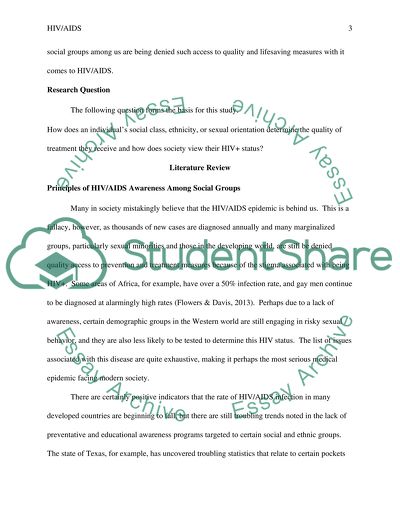Cite this document
(“Sociology Essay Example | Topics and Well Written Essays - 6500 words”, n.d.)
Retrieved from https://studentshare.org/sociology/1489731-sociology
Retrieved from https://studentshare.org/sociology/1489731-sociology
(Sociology Essay Example | Topics and Well Written Essays - 6500 Words)
https://studentshare.org/sociology/1489731-sociology.
https://studentshare.org/sociology/1489731-sociology.
“Sociology Essay Example | Topics and Well Written Essays - 6500 Words”, n.d. https://studentshare.org/sociology/1489731-sociology.


